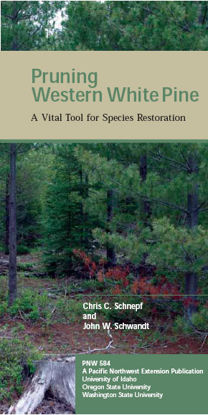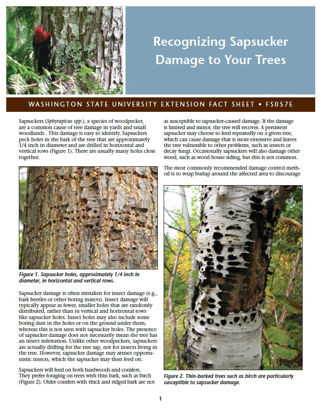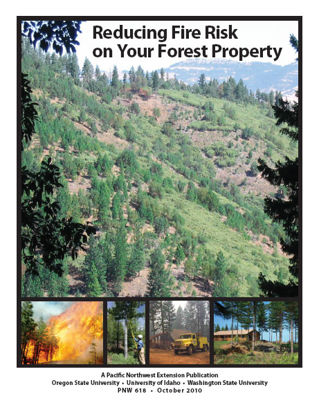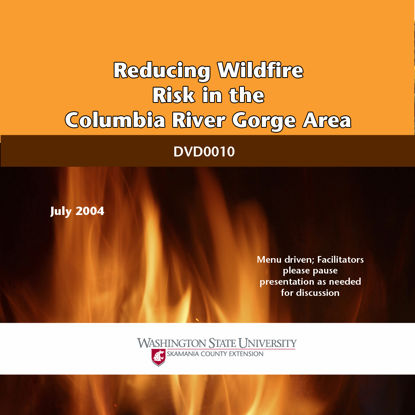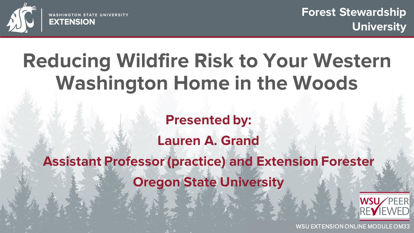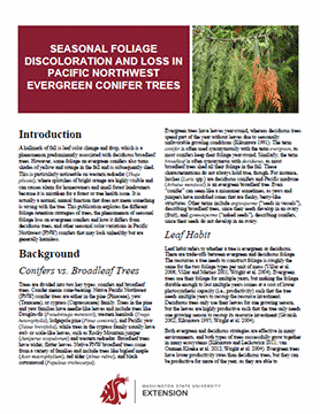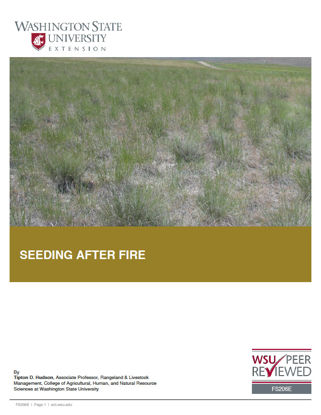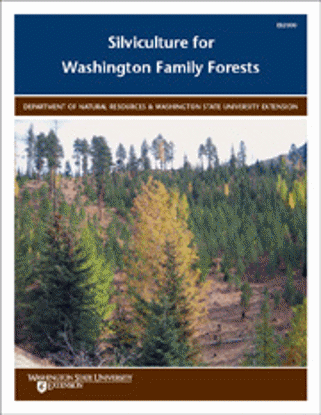You have no items in your shopping cart.
Recently viewed products
Forestry and Range
Forestry and Range
Property Ownership and Land-use History for King County Forestland
A land-use history is a record of how land has been used by previous owners as well as natural disturbances that may have occurred. Understanding how your land has changed over time can provide insigh ...
$0.00
Pruning Western White Pine
This publication is intended to help forest owners and managers make decisions about pruning to reduce blister rust mortality in 10- to 25-year-old white pine.
Reviewed January 2015 ...
$0.00
Recognizing Sapsucker Damage on Your Trees
A common cause of tree damage in yards and small woodlands is sapsuckers (Sphyrapicus spp.), which are a species of woodpecker. Sapsucker damage is easy to identify, although it is often mistaken for ...
$0.00
Reducing Fire Risk on Your Forest Property
The degree of wildfire risk depends on both the probability of an ignition and the potential for loss of trees, homes, and even lives. Whether you own a few acres or thousands, this publication will help you make your property more resistant to wildfire damage as well as improve overall forest health and wildlife habitat. By following the guidelines in this publication, fires that do occur will be less severe.
$12.00
Reducing Wildfire Risk in the Columbia River Gorge Area (video)
This overview of wildfire threats throughout the Pacific Northwest covers the various sources and associat ...
$0.00
Reducing Wildfire Risk to your Western Washington Home in the Woods
In this module, Oregon State University Extension Forestry agent Lauren Grand discusses wildfire risks to homes in wooded areas of western Washington and describes practical steps that will greatly increase a home’s chance of surviving a wildfire. Access to the modules is free, but registration is required. See below for registration information.
$0.00
Seasonal Foliage Discoloration and Loss in Pacific Northwest Evergreen Conifer Trees
Why is my conifer turning red and brown? Is that normal? Find out here what constitutes regular seasonal color variations and what might be more serious.
$0.00
Seeding After Fire
Wild fires and prescribed fires alike often leave behind a lot of exposed, bare soil that is then prone to erosion. To stabilize the soil and prevent erosion, new vegetation must be established as soo ...
$0.00
Silviculture for Washington Family Forests
This publication is a primer of silviculture for the family forest owner, and provides a framework to use when making important forest management decisions.
$8.80



